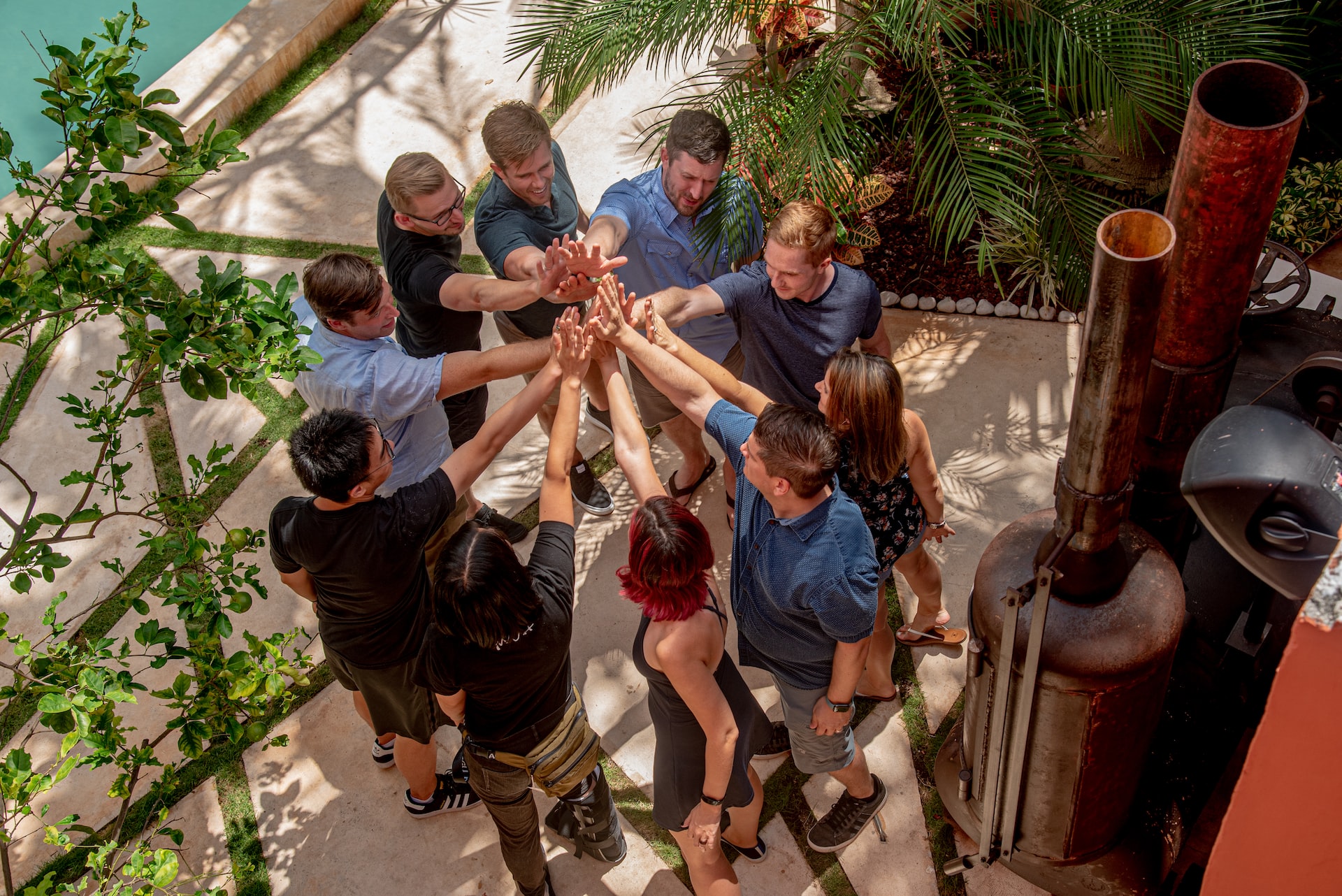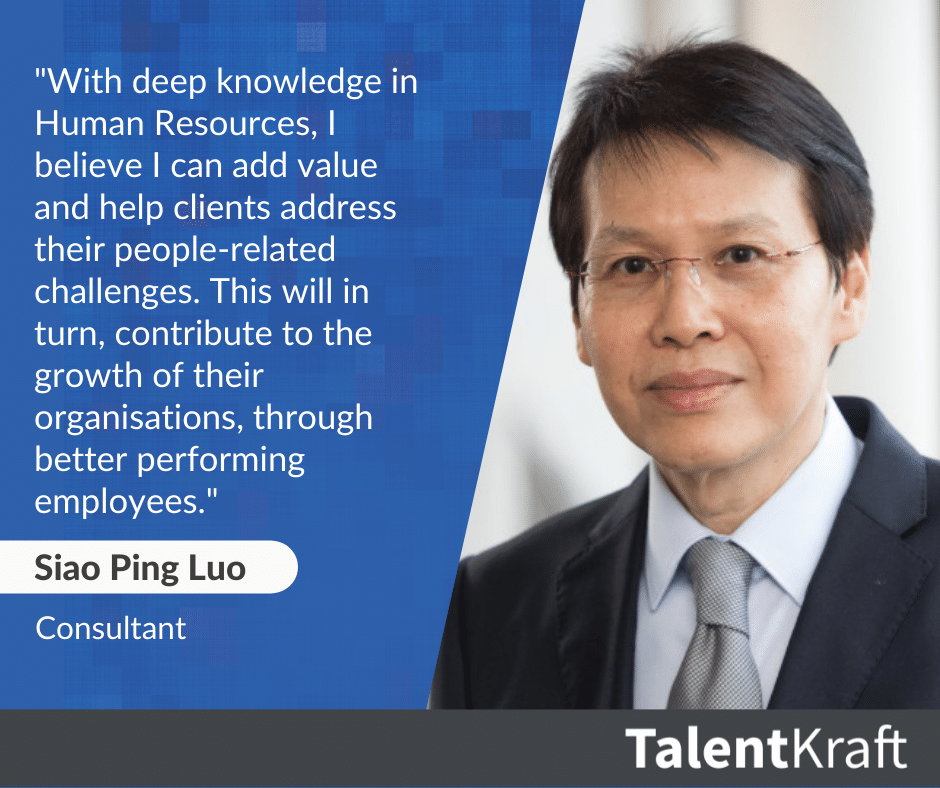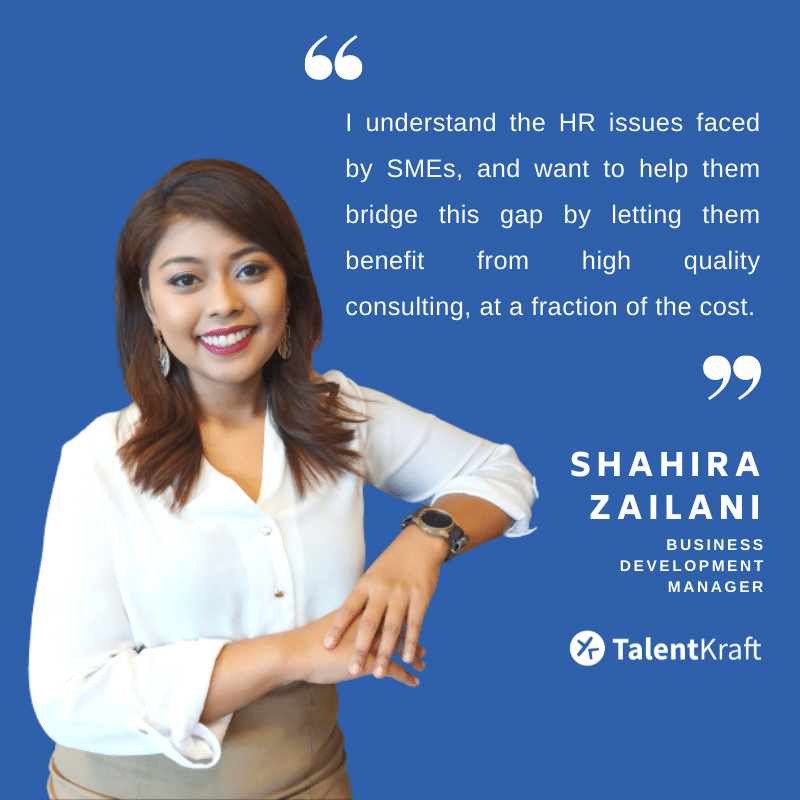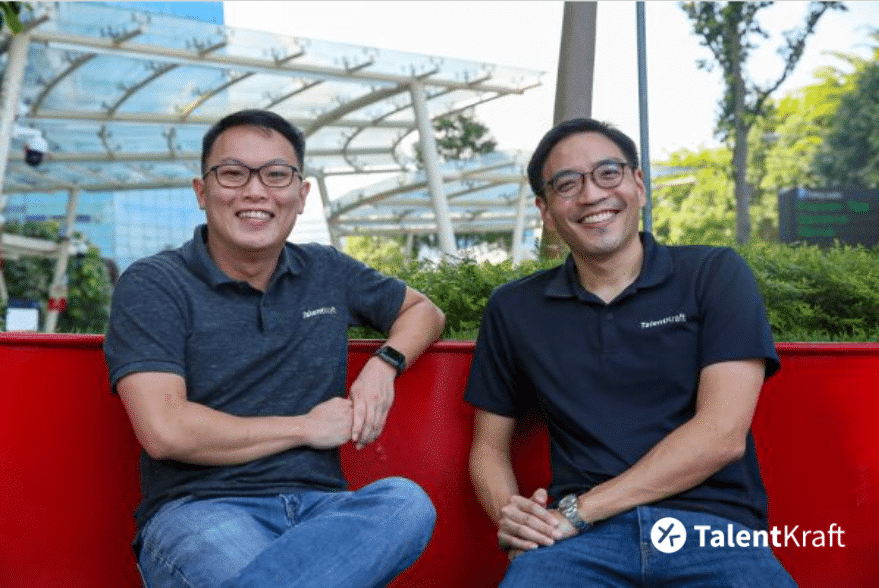
How to ace the contactless candidate experience

Over the past year and a half, Covid-19 has catalysed the adoption of technology in many business processes. It has become obvious that companies need to adapt to a new normal of working, and the recruitment process is one that many companies overlook.
Recruiting top candidates is becoming tougher, because top talent is always in high demand. The labour market is essentially becoming smaller and more competitive as companies can get a hold of just about anyone. The previous limitations imposed by geography and time have almost ceased to exist. Today, winning top quality candidates hinges on the quality of the candidate experience you provide. You therefore need to aim for providing the best candidate experience.
While we can think of recruitment as a series of small and simple steps – Define, Target, Source, Screen, Interview, Hire, it is in reality a complex process, and it is becoming more complex as Covid-19 changes how we work, and how we recruit. Even though technology can help expedite recruiting processes to some extent, technology has also made recruiting processes more demanding. Even as regulations implemented to constrain the spread of Covid-19 might slowly be reversed, we are continuing towards a new mode of recruitment, namely contactless hiring.
One key move to increase the quality of candidates applying to your company is to ace the contactless hiring experience. To help you improve the candidate experience, we built on real-world case studies and extracted a list of key elements and best practices you need to have in place:
- Build a strong first impression, even before application
- Make sure your interview process is in order
- Build personal rapport
Insight: The Conundrum Facing Recruitment Agencies
Over the last 3-4 years, large multinational hiring agencies have learned the hard way how much the candidate experience matters. As the global candidate market became increasingly competitive, agencies failed to prioritise the hiring journey each candidate experienced. Leading agencies such as Robert Walters, Michael Page, Robert Half, as well as many more, experienced a decline in offer acceptance rates because candidates felt the business didn’t reflect their personal goals and interests. Agencies now agree – how you position a vacancy to a type of candidate is more effective than increasing the financial offer on the table.
Build a strong first impression – even before application
The candidate experience starts with awareness. Candidates’ opinions are not formed only during the interview phase. Instead, candidates form their first impressions of a company during the research phase, as they scour through vacancy postings. No matter what role you post, or how well you describe your own firm, vision and values in the posting, you should be aware that the candidate will not take you for your word. While applying for a position, every candidate naturally also investigates the company, and quickly gets a feel for the company brand.
Every person with access to the internet has access to vast amounts of information, and through a simple search, they will develop a perception of your company. According to LinkedIn Business Insights, 75% of candidates will review and consider the company brand before applying for a job. Moreover, Careerbuilder reports that 37% of candidates will not go forward with an application if they cannot find any basic information about a company, which can include information detailing compensation packages or employee reviews evaluating company culture.
Be sure to carefully build a strong employer brand, as your reputation and image will be essential in appealing to more job seekers, and in particular, attracting the right type of candidate. Think about it: if you manage to develop and grow the right type of interest from a specific pool of talent, you are much more likely to end up with candidates that are a good fit for your company. The information available about your company therefore really matters, as it essentially forms the first filter of your funnel. You need to become aware of your brand and how it is portrayed online, and if necessary, take steps to align and improve your brand. LinkedIn Talent Solutions has some useful materials on how you can build a strong and successful employer brand.
Once you are sure you have successfully developed and communicated your employer brand, you can move on to the next step.

Make sure your interview process is in order
The interview stage is the toughest part of the recruitment process, and while we are moving towards a more digital, contactless future, a few core elements remain the same. Most companies still expect to interview candidates, even if it is over a video conference. However, keep in mind that while you are choosing candidates, the top talents are choosing their employers. It’s imperative that you build your interview process with the candidate experience in mind.
Getting your house in order is critical for a good candidate experience. First of all, align your team on what you aim to get out of the interviews, and ensure that the interviewers are adequately trained to conduct them. After the screening stage, tailor your interviews to the candidates’ background, as candidates with differing experience levels will be expecting different interview styles and questions. The nature of the interview should vary for different roles and seniorities – you cannot expect a graduate hire interview to take the same form as a senior manager interview. Finally, make sure that the hygiene factors – prompt and polite communication, interviewers turning up on time (just to name a few) are in place.
Remember that the candidates are observing you just as much as you are observing them. A top consideration for many candidates is how this job will help them in the future. Candidates are increasingly aware of their opportunities and options, so it is vital that you give promising candidates the impression that they will be able to accomplish big things and grow with the company.
At the same time, you should try to develop a sense of inclusion on the part of the candidate. For more information, we recommend you read our intern story on how they experienced contactless hiring during Covid-19.
Insight from XenZone
At Xenzone, the startup CEO now invites all applicants who pass their second round of interview to join a Google Hangouts chat with the rest of the team. No work is discussed. Instead, the CEO ignites debate on issues encouraging the candidates to think. Anything from life outlooks, controversial opinions or current affairs. The goal is to see how the team thinks as a whole, what type of personalities are at play, and what each individual contributes to the dynamics of the team. Next, the CEO invites each individual participant to a private chat and discuss how well they did. The idea is that each candidate will, at this point, feel a sense of appreciation and personal progress, that may sway them to accept a job offer, more than a marginally attractive financial offer.

Build personal rapport
Our third point is the importance of building personal rapport with the candidate in a digital setting. You might wonder how you can build personal rapport via video conferencing. While some of the steps are the same as in a face-to-face interview, the execution differs. One piece of advice is to not begin the interview by focusing solely on the job. It is important to develop a feel for the candidate and create a comfortable atmosphere for sharing. After all, if all goes well, your team will be working quite closely with this candidate, so it is important to understand who they are.
Start with some small talk and ask (non-intrusive) personal questions, for instance how they have been coping during Covid-19, or ask about hobbies, future plans, goals or accomplishments. We should not minimise or constrain any social or inter-personal behaviours as we move towards a more remote and digital way of working. Recruiters should strive to be more sociable as they are the main point of contact for the candidates. We therefore recommend that any interviewer conducting virtual interviews spend additional time to chat with the candidate before or after the hiring manager joins the interview. The simple act of showing personal interest is vital for delivering a good candidate experience, and could end up being the decisive factor when the candidate evaluates his or her offers.
In the end, top candidates are more careful in their search for new employers, and any misstep at any point along the recruitment pipeline on the part of the company could lead to costly candidate drop-offs. To avoid these unnecessary costs, companies should be intentional in their efforts to improve contactless recruiting processes.
Once you have included all the above steps in your hiring process, you are well on your way to attracting and hiring the candidates you want working on your team. TalentKraft has worked on employer branding for companies in various industries, such as tech, telecoms and professional services. Government support is also available for Singapore companies that are looking to improve their employer brand, amongst other HR processes. If you wish to have a non-obligatory chat about how we can help you with branding, get in touch with us!

Discovering ourselves as Gen Zs
Discovering ourselves as Gen Zs, we face unique challenges in aligning our careers with our passions. TalentKraft’s internship provided invaluable experiences, helping us define problems, explore options, and evaluate career paths. Through workshops, personality profiling, and real-world projects, we gained insights into various industries and honed our problem-solving skills. This journey has been crucial in shaping our professional growth and career decisions.

Top 3 HR challenges faced by non-profits and how to tackle them
According to LinkedIn, firms with poor employer brands could be paying as much as US$7.6 million. What exactly is an employer brand and what does it entail? And how can you improve your employer brand today to appeal to top talents?

5 ways to improve your employer brand
According to LinkedIn, firms with poor employer brands could be paying as much as US$7.6 million. What exactly is an employer brand and what does it entail? And how can you improve your employer brand today to appeal to top talents?

Talent spotlight: Meet Siao Ping Luo, HR expert & Consultant with growth mindset
With over 20 years of hands-on experience in the HR space, Siao Ping has become a leader in the Human Resources (HR) field and a consultant on people-related topics across diverse industries in the APAC region.

Talent spotlight: Our BD manager’s journey with HR
With 14 years of experience leading teams, our new Business Development Manager is no stranger to the intricacies and challenges of HR. Shahira Zailani shares her thoughts on helping companies build more effective teams!

TalentKraft helps SMEs and businesses unlock value in HR – THE BUSINESS TIMES
Part of the strategy consultant’s challenge is educating SME leaders on the importance and value of HR to their wellbeing.

